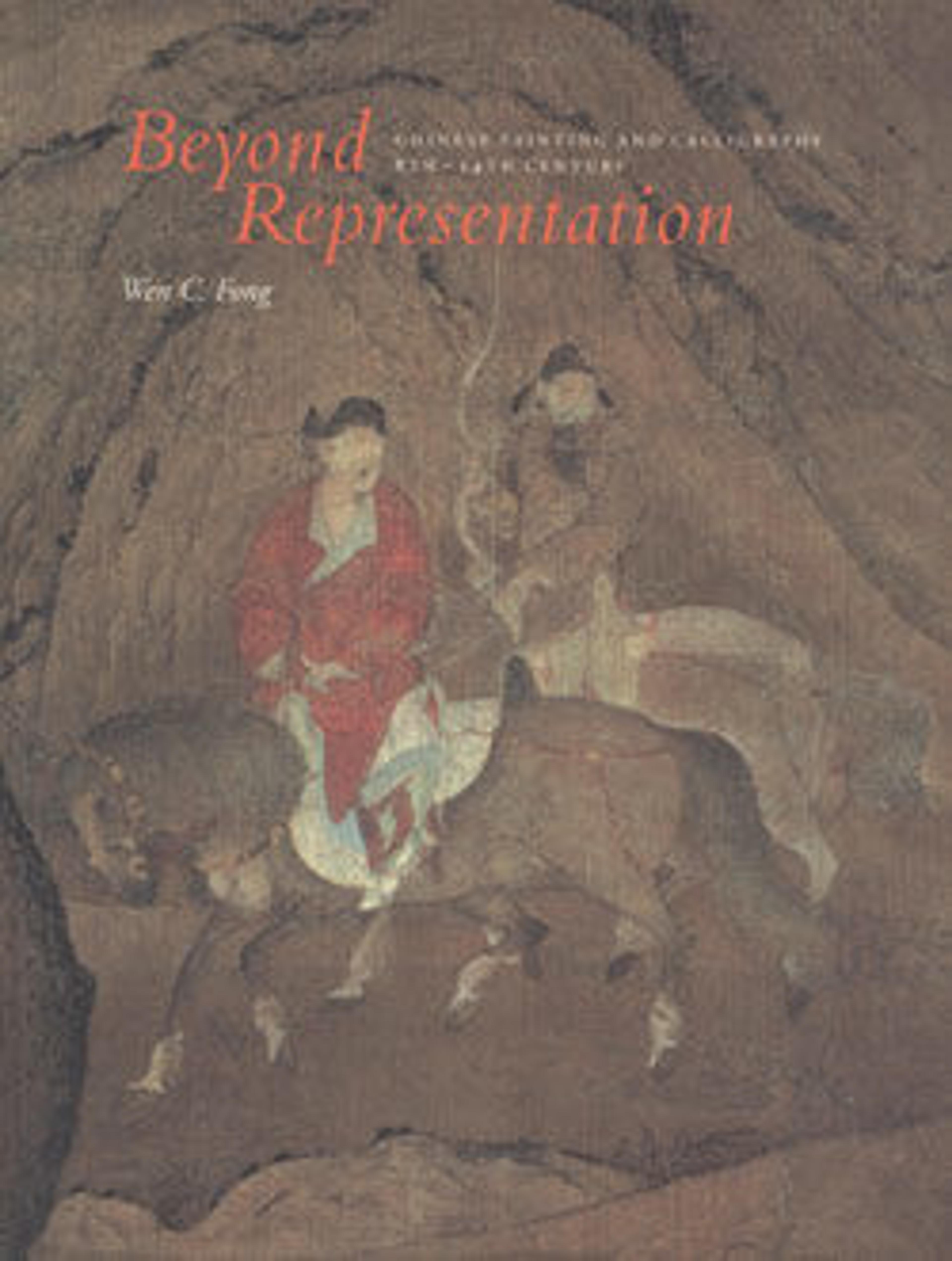White-Robed Guanyin
According to Buddhist belief, Guanyin (Avalokiteshvara, in Sanskrit), Bodhisattva of Infinite Compassion, reveals himself in many forms. In one such manifestation, known simply as the White-Robed Guanyin, the Bodhisattva sits on the rocky island of Putuo (Potalaka, in Sanskrit), believed by the Chinese to be located offshore from Ningbo, in Zhejiang Province.
The poem was inscribed (from left to right) by Quanshi Zongle:
The body is as small as specks of dust and as ephemeral,
So is the doctrine ephemeral and small as specks of dust;
The world of all living things is but emptiness,
And so Guanyin’s compassionate heart is at rest.
Quanshi Zongle, appointed by the first Ming emperor to the highest administrative position governing Chan institutions, served as abbot of the Tianjie temple, near Nanjing, first about 1375 and later from 1388 until his death in 1391. The painting, inscribed at the Tianjie temple, is datable to the end of the fourteenth century.
The poem was inscribed (from left to right) by Quanshi Zongle:
The body is as small as specks of dust and as ephemeral,
So is the doctrine ephemeral and small as specks of dust;
The world of all living things is but emptiness,
And so Guanyin’s compassionate heart is at rest.
Quanshi Zongle, appointed by the first Ming emperor to the highest administrative position governing Chan institutions, served as abbot of the Tianjie temple, near Nanjing, first about 1375 and later from 1388 until his death in 1391. The painting, inscribed at the Tianjie temple, is datable to the end of the fourteenth century.
Artwork Details
- 明 佚名 全室宗泐題贊 白衣觀音圖 軸
- Title:White-Robed Guanyin
- Artist:Unidentified artist (late 14th century)
- Period:Ming dynasty (1368–1644)
- Date:late 14th century
- Culture:China
- Medium:Hanging scroll; ink on paper
- Dimensions:Image: 36 x 12 7/8 in. (91.4 x 32.7 cm)
Overall with mounting: 70 x 17 5/8 in. (177.8 x 44.8 cm)
Overall with knobs: 70 x 19 1/2 in. (177.8 x 49.5 cm) - Classification:Paintings
- Credit Line:Edward Elliott Family Collection, Purchase, The Dillon Fund Gift, 1982
- Object Number:1982.3.3
- Curatorial Department: Asian Art
Audio
7718. White-Robed Guanyin
0:00
0:00
We're sorry, the transcript for this audio track is not available at this time. Please email info@metmuseum.org to request a transcript for this track.
More Artwork
Research Resources
The Met provides unparalleled resources for research and welcomes an international community of students and scholars. The Met's Open Access API is where creators and researchers can connect to the The Met collection. Open Access data and public domain images are available for unrestricted commercial and noncommercial use without permission or fee.
To request images under copyright and other restrictions, please use this Image Request form.
Feedback
We continue to research and examine historical and cultural context for objects in The Met collection. If you have comments or questions about this object record, please contact us using the form below. The Museum looks forward to receiving your comments.
